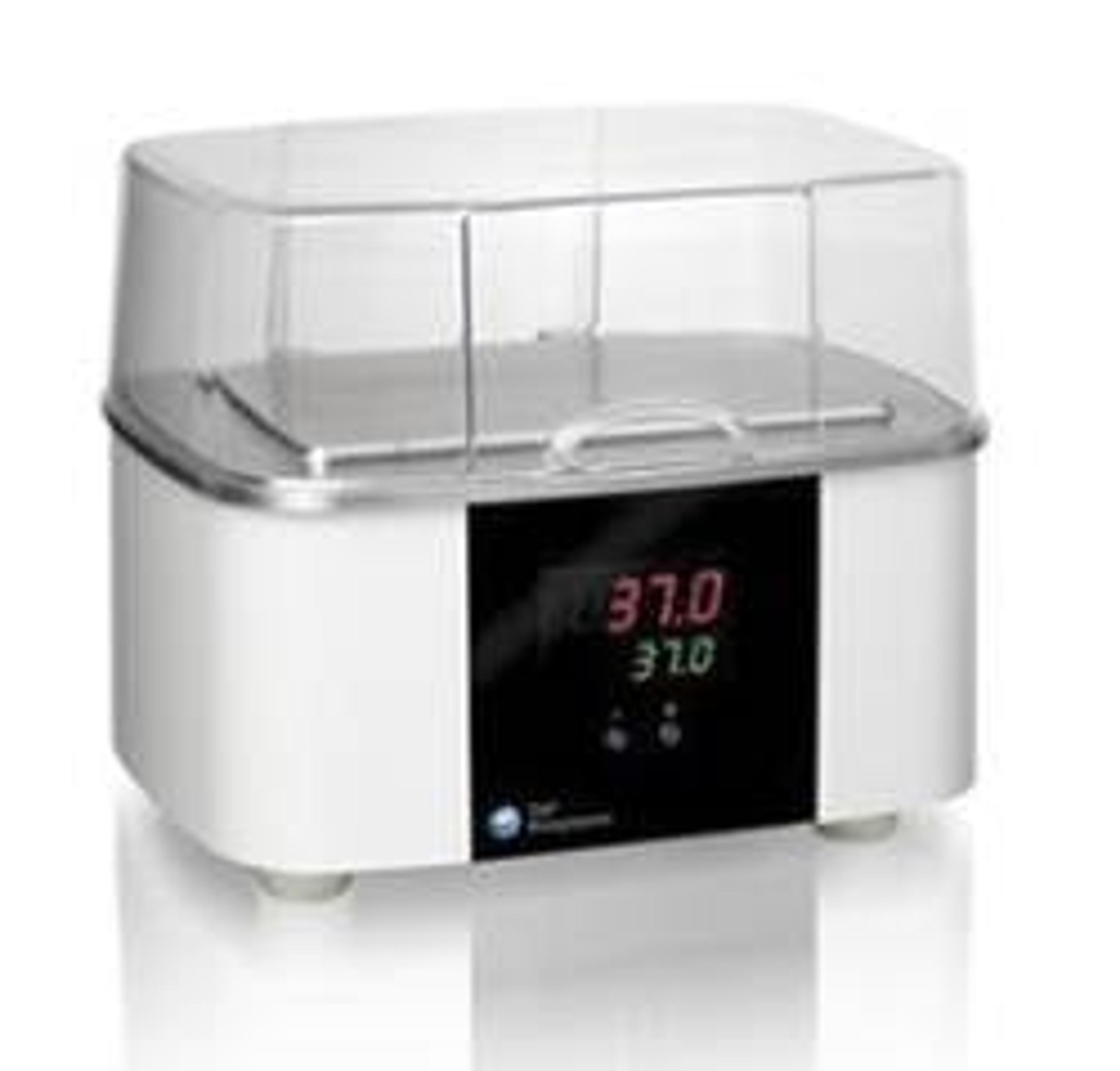TAP Biosystems Introduce New Plate Heater for Cell-based Applications
28 Feb 2013TAP Biosystems, a leading supplier of innovative cell culture systems and consumables for life science applications, today introduced its new Plate Heater, designed specifically for cell biologists that require accurate and precise temperature control for plates in laminar flow hoods.
The new Plate Heater, which can be ordered directly from TAP’s e-commerce site, has been developed to solve issues associated with short term assay incubations in a laminar flow hood environment.
The Plate Heater has a defined temperature range suitable for cell biology use (ambient + 5˚C to 50˚C) and maintains a consistent temperature across its surface ensuring all cells, no matter where their location on the plate, are incubated at the same temperature. Furthermore, the unit also incorporates a lid to help maintain a stable temperature, even when being used inside a laminar flow hood. These features make the Plate Heater ideal for cell-based and biochemical applications where consistent temperature control is important for example, incubating cell based assays in microplates, trypsinising cells in cell culture T-flasks or even generating reproducible 3D cell cultures with the RAFT™ (Real Architecture for 3D Tissue™) System.
The unit has a minimal footprint only slightly bigger than a standard micro-well plate and has been designed with smooth external surfaces for easy spraying and cleaning.
Dr. Rosemary Drake, Chief Scientific Officer explained: “Most microplate heaters on the market are designed for chemistry applications so are too large to fit easily in laminar flow hoods, have unnecessary temperature ranges of up to 100˚C and have holes or crevices that making cleaning difficult. Our rationale was to produce a simple technology that addresses all these issues, targeting it to cell based tasks.”
Drake added: “With our new Plate Heater, we have achieved this and we look forward to hearing from cell biologists who want to see how this unit could improve the convenience and consistency of their cell based and biochemical assays.”

